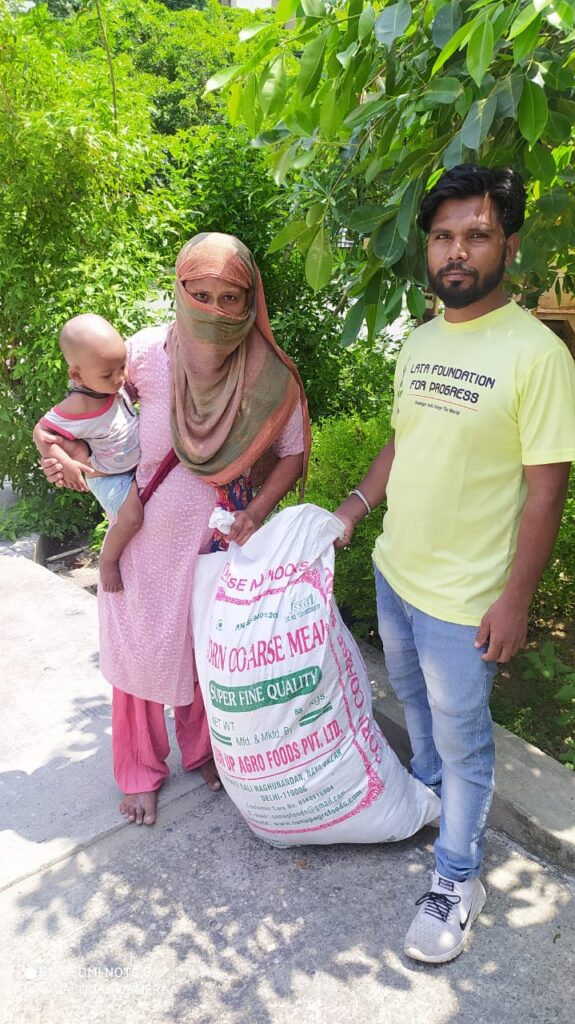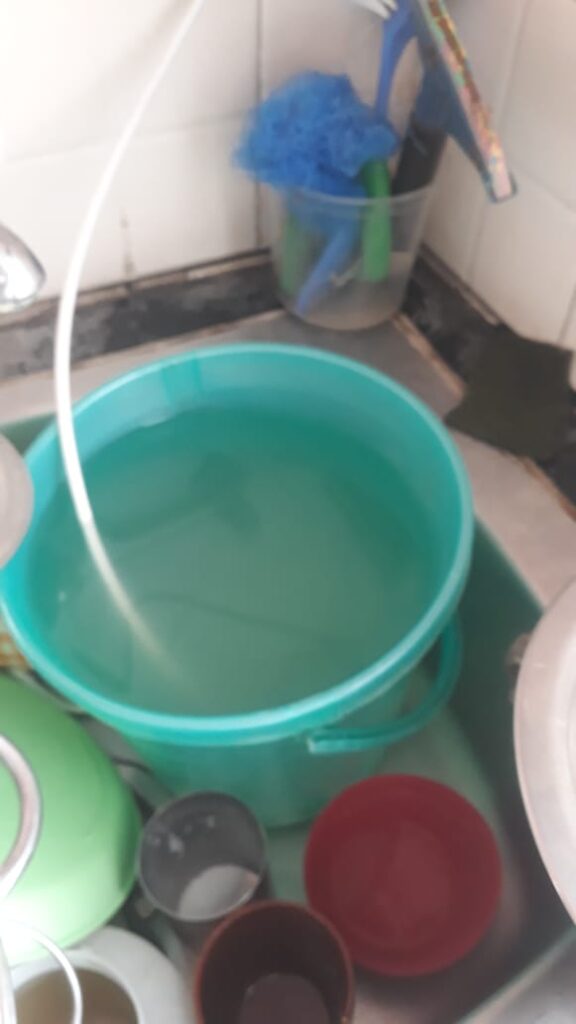
World Nature Conservation Day is observed on July 28 to bring issues about the significance of natural resources to light and encourage people to practice protecting environment and its natural reserves.
When we talk about preserving nature, we are looking at safeguarding our futures. We often fail to realize that our entire sustenance is based on nature and its bounty, hence we must, now, stand up to protect it at all costs. Pandemics and catastrophes remind us of the significance of clean air, drinking water, and sanitation, yet in good peaceful days, we overlook conservation and take the whole phenomenon for granted.

Yes, there is industrialization, automobiles, deforestation, burning of fossil fuels, green house gas emissions, and so forth to be blamed for environmental deterioration, yet what eluded me throughout was how people can make a difference in their individual capacities. As a deluded individual, my responsibilities towards conservation ended when I turned off the flowing taps, kept my immediate environment clean, and purchased chemical free goods.

Lately, I came across Aparna, a strongheaded highly dedicated woman, for whom no task was low. After observing her activities and lifestyle for a few days, I was surprised what an epitome of conservationist she was! People like her awaken us to the importance of preservation of nature’s vital resources and how we must utilize these ‘regular’ assets astutely.
Hers’ is a two-member team, – she and her man Friday, under the banner of Lata Foundation for Progress. They have regularly fed the entire neighborhood’s dogs and cows; grown innumerable saplings that will one day, grow tall and dense for the entire citizenry; brought the authorities to task for any potential accident or threat; and fought incessantly for the rights of street vendors.
Aparna is a linguist and a very well-travelled person across the globe (in fact she is a Canadian Citizen), yet her devotion towards animals and environment eludes her from a full-time job. She sustains herself through her teaching work, mostly online, and leads a minimalistic life. She has minimized her needs, and happily rambles around the area, fulfilling one ‘unpaid’ task after another.

So far, this may appear mundane…yes, we all do our bit! But you would not find many individuals who have vouched to live a futuristic life being Minimalists. Minimalist lifestyle means living with things you really need – healthy necessary meals; functional clothing, accessories, furniture, and gadgets; consumption of fewer products; curtailed use of heavily packaged goods/products; and so on. It is an area where there is restricted practical information on best practices, hence my list can only be based on what I have observed and understood.
Aparna has made a lifestyle choice of minimalism. She is always seen carrying an environment friendly cloth bag across her shoulders. Everything of any importance is shoved in it, no expensive wallets or leather, not even faux handbags. As much as possible, she walks around the neighborhood, seldom resorts to a ride.

She believes in the concept of ‘local advancement’. Almost everything she buys is bought from local shops, she looks after the sustenance of local merchants, even street vendors, through simple economic formula of ‘income generation’. Aparna’s neighbours report that she collects old and rejected goods from the families living in high-rises and distributes them among the hutment dwellers and street vendors. The requirement of woolens and mattresses for winters, old vessels for cooking, and books and stationery for school education are in no dearth for anyone in this neighborhood. Does this remind us of middle school science lessons about reuse of goods?

Waste minimisation is a set of processes and practices intended to reduce the amount of waste produced. Waste minimisation involves redesigning products and processes and/or changing societal patterns of consumption and production. As a consumer, Aparna collects every bit of wastewater in the process of RO filtration, and reuses the water for mopping the house and for other household cleaning. She reduces the waste by using every ounce of plastic wrappings and carry bags to provide makeshift beds for street animals, temporary roofs for road-side hut dwellers, as utensils for feeding street animals…and whatever remains goes in the kitty of the garbage dealer.
Someone from the evolved society of South Delhi once remarked in a gathering how we Indians are jugaadus…”we even use empty polythene bags of milk”. I think we Indians are practical, and minimalization and ‘reuse’ is in our social make up. As kids, clothes were reused for younger siblings; traditionally Indians used utensils made of permanent metals that were washed and reused and passed on to generations; our electronics and electric gadgets were repaired…like 50 times in their lifetime; and then who hasn’t seen proud Indian mothers lapping up the food left over by kids, as reverentially as prasad!!
Aparna is not deterred by appearances and impressions…not perturbed by odours and filth either. She would crouch and squat anywhere to start inspecting a dog who appeared in agony, sometimes relieving the dog right there in the dumpster by extracting a hostile foreign body causing pain. The other times, she would transport a very sickly animal in her own car, of course taking precautions, but carrying with her own two hands.

Aparna struck comradeship and affinity with street vendors during her social rounds about the neighborhood. The vendors would watch her roam the area, striving to fix the streetlights, fill ditches and cover the potholes, get the garbage dumps removed, decongest the blocked footpaths, and distribute supplies around. During these several interactions, she figured how beneficial street vendors were for society. They provided goods near living quarters, were accountable for quality; their work minimized transportation costs and pollution in the residential areas; and the pivotal reason that struct her was the security they provided to the streets and residents. The young girls in Aparna’s locality agreed that when they returned from their classes and offices in late evenings, the stall lights and the presence of vendors alleviated the pent up isolation and panic.
Aparna fought the case for street vendors i.e. they be allowed to operate in the localities. Today, the local authorities and law enforcement officials agree with her point of view, and the street vendors operate under certain guidelines for maintaining order and cleanliness in the area.

The conservationist in Aparna graduated to another level when she started collecting waste from these street vendors. She wouldn’t let her neighbourhood overflow with rotting vegetables and fruit rejects. She instructed the vendors to hand over their edible waste to her two-member team wherein they would take the left-over fruit pulp from juice vendors and the old vegetables straight to cow shelters or to ‘free range cows ;()’, found in abundance in all Indian lanes and colonies. This is Aparna’s effort to feed the cows with fruit and vegetable remains than leaving them to fend for themselves in garbage dumps and drains.

Aparna is dedicated to mindful consumption (she maintains a ‘capsule wardrobe’), decluttered life, low waste production, recycling, and reusing anything that can potentially be. Minimalism is her lifestyle choice through which she attains her environment and preservation goals.
Monica (Managing Editor) is the quintessential researcher - she thrives on showcasing overlooked aspects that form the foundation blocks of people, places and issues. She is a social scientist by profession with masters in Economics and loves to travel.